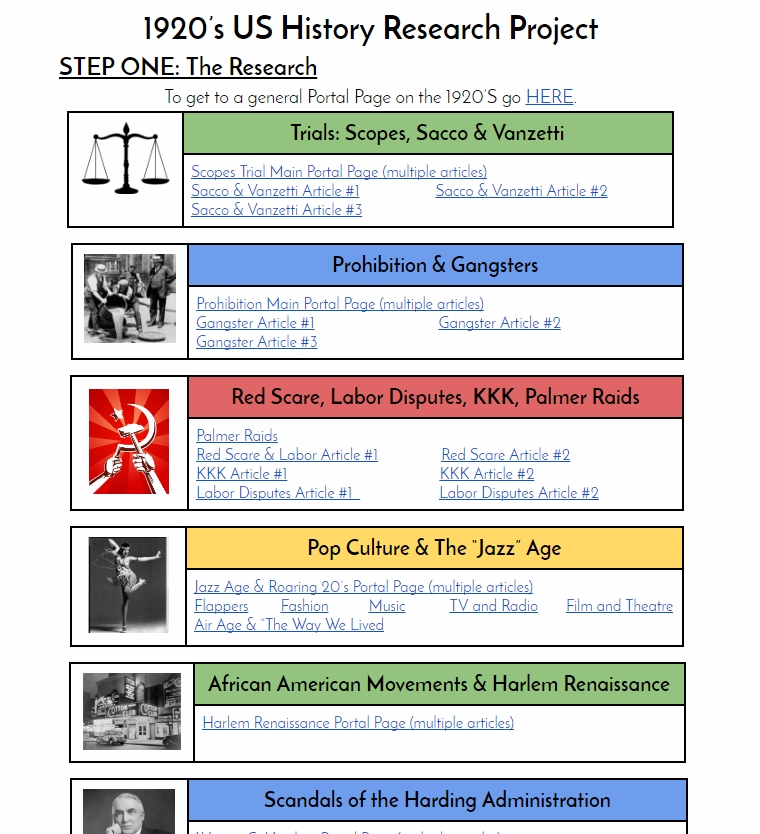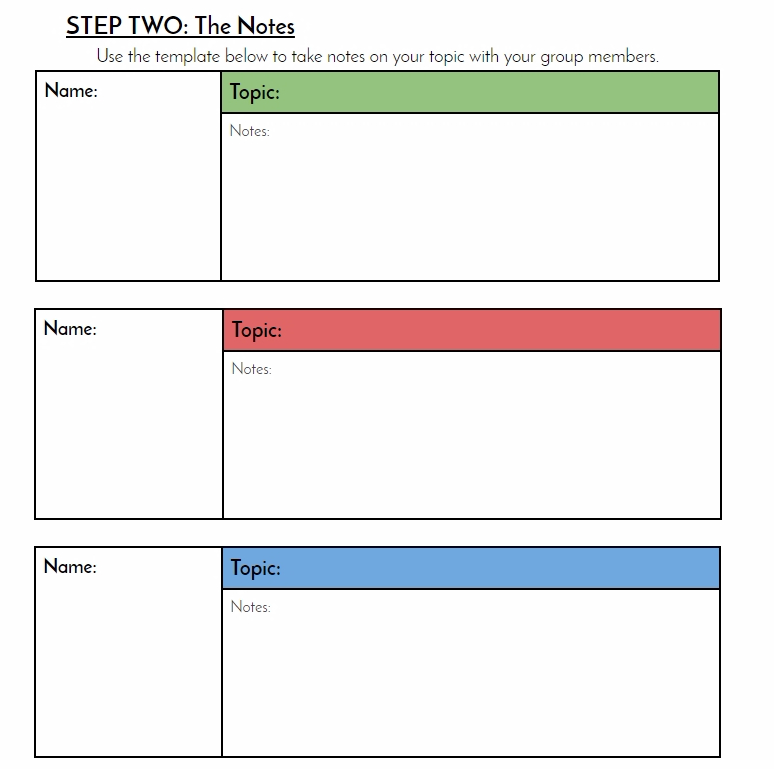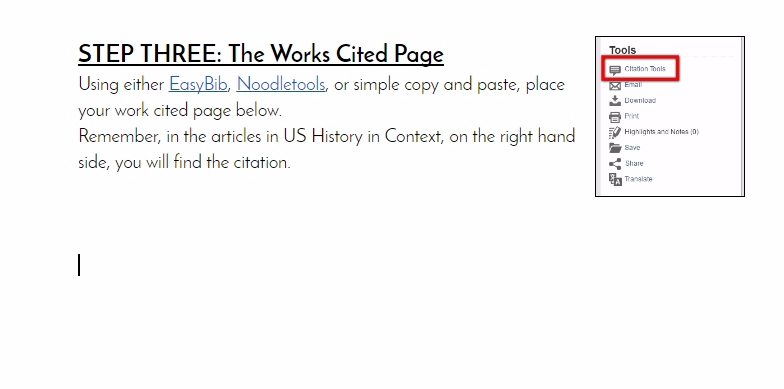SCROLL DOWN TO READ THE POST
HyperDocs and the teacher librarian

 The concept of HyperDocs is spreading all over edtech land.
The concept of HyperDocs is spreading all over edtech land.
HyperDocs are perfect opportunities to grow teacher librarian/ classroom teacher partnerships.
A true extension of what TLs do or should be doing in a hyperlinked information landscape, HyperDocs are all about curation and collaboration, instruction based on engaged inquiry, as well as our mission to inspire learning communities to think, create, share and grow.
While it’s quite possible you’ve been building HyperDocs-like instruction for years on a variety of platforms, we can now connect our work to an accepted model and a growing and generous community!
ADVERTISEMENT
ADVERTISEMENT
What are HyperDocs?
According to the HyperDocs site,
HyperDocs, a transformative, interactive Google Doc replacing the worksheet method of delivering instruction, is the ultimate change agent in the blended learning classroom. With strong educational philosophies built into each one, HyperDocs have the potential to shift the way you instruct with technology. They are created by teachers and given to students to engage, educate, and inspire learning. It’s not about teaching technology, it’s about using the technology to TEACH.
I recently interviewed the three teachers behind the HyperDocs model.
Lisa Highfill, Kelly Hilton and Sarah Landis ask the simple, but provocative question:
Given one Google Doc, what could you put on it to engage, educate and inspire your students?
The “Girls” explain that a true HyperDoc is much more than some links on a document. Beyond the simple worksheet, true HyperDocs are lesson plans that move learning from teacher-led to student-driven, offering students voice and choice, opportunities for inquiry, exploration, critical thinking, collaboration and creativity.
The How-To Page recommends a five-step process for designing instruction:
![]()
1: Determine Objectives
- Grade Level?
- Content Area(s)?
- Length of Lesson?
- Specific Objectives?
- Desired outcome (explore, apply, assess)?

#2: Determine Cycle of Learning
What specific steps will students follow?
- Explore. Explain. Apply.
- Workshop Model
- 5 E’s Model
- HyperDoc Model

#3: Packaging
- What Google App can I use to package this lesson? (Docs, Slides, Maps, Sites)
- Why?
![]()
#4: Determine Workflow
- Push out content
- Collect work
- Provide feedback

Step #5: Design
Be thinking, “How can I make this content engaging for students?”
- Page color
- Font
- Images
- Customized Links
- Table properties, merge cells, etc.
And then, of course, you’ll want to Evaluate your HyperDoc. A HyperDoc checklist can help you hack your HyperDoc to ensure what you design aligns with ISTE Standards, and addresses SAMR, and DOK levels.
These instructional creations are not just for Docs. HyperDocs span Google Apps–Slides, Forms, Keep, Drive, etc.–and search tools–Google Books, Images, Scholar, etc. They incorporate thoughtful integration of the third party platforms we already regularly use and love and on which we invite learners to organize, collaborate, create and reflect–like Padlet, Buncee, Sway, Adobe Spark, WeVideo, Evernote, Thinglink, Popplet, Book Creator, etc. They can also incorporate such content-rich resources as library databases, ebooks, videos, and the growing array of available OERs.
Guiding the learning through use of an attractive, self-contained HyperDoc, allows the classroom teacher and the teacher librarian to devote their instructional time to pulling and meeting with small groups of students and better meeting learners’ individual needs.
Good models of HyperDocs have the following attributes:
- Creators deliberately choose web tools to give students opportunities to Engage • Explore • Explain • Apply • Share • Reflect • Extend the learning.
- Digital collaboration is choreographed that give every student a voice and a chance to be heard by their classmates.
- Critical thinking and problem solving skills can be developed through linked tasks.
- Students have an opportunity to create authentic digital artifacts to show what they know, and connect with a wider audience.And the good news is you really don’t need to start from scratch. Templates abound. They are kinda fabulous for scaffolding inquiry and knowledge production.
I see HyperDocs as an instructional strategy crying out for school librarian partnership, especially if you are working at a Google Classroom school. And, I propose we begin connecting with each other and other HyperDocs using classroom teachers by combining a new hashtag #HyperDocsLibs with #HyperDocs, etc.
One example of a librarian exploring HyperDocs is Jennifer Zimny. In her blog post, The Librarians HyperDoc, Jennifer shares a before and after experience using the HyperDocs model to transform a US History lesson that relied heavily on Gale’s US History in Context–the decisions she made about allowing learners room to explore within the rich database, as well as how to encourage and scaffold collaboration and knowledge building:
I did not link EVERY article on these topics. They still have more they could explore, search, etc. through this database. At least these links get them in and interested in using this source. I found students were no longer on Wikipedia to get an overview of these topics. They were on our database instead! Plus, it allowed me to guide those students with more difficult topics right to sources that would help them . . . You can see the next page was a notetaking page. So one person in the group would make a copy of the worksheet if they wished and share it with their group members to put all their notes in one spot.
Overall, this HyperDoc was a total hit! Students immediately went to the HyperDoc and started using good reliable resources to start! Wikipedia became a supplementary resource, not their main one.
TEMPLATE: Basic HyperDoc Lesson SAMPLE: Creative Writing Challenge
TEMPLATE: Explore, Explain, Apply SAMPLE: ThingLink Animal Reports
TEMPLATE: Workshop Model SAMPLE: Nonfiction Reading
All of this work is situated in a culture of open professional sharing that Lisa, Kelly and Sarah call Teachers Give Teachers.
They advocate a #Give1Take1 approach:
How to Give:
- Log in to submit a HyperDoc or digital resource.
- Tag your lesson with many keywords so that it can be easily found when using the search feature. You can tag by content area, grade level, topic, web tool used, and lesson type.
- Before you submit a link to your lesson, make it view only and take off any links to your personal student work.
- Mark the document with ‘Created By’ and include your name.
How to Take:
- Log in to your account.
- Search for a HyperDoc using keywords or the creator’s name.
- If you would like to use the HyperDoc, make a copy and edit it to fit your needs.
- Be sure to credit the original author on your copy.
For more information . . .
HyperDocs contacts:
HyperDoc Girls:
- Kelly Hilton kellyhilton4747@gmail.com @kellyihilton
- Lisa Highfill lisahighfill@gmail.com @lhighfill
- Sarah doyourhomework@gmail.com @sarahlandis
Useful HyperDocs resources:
Pinterest search of HyperDocs boards
HyperDocs G+: bit.ly/hyperdocsgplus
#Give1Take1
@TsGiveTs
And, how about . . .
#HyperDocsLibs
Save
Filed under: app smashing, Google Docs, Google Drive, Google forms, instruction, technology
About Joyce Valenza
Joyce is an Assistant Professor of Teaching at Rutgers University School of Information and Communication, a technology writer, speaker, blogger and learner. Follow her on Twitter: @joycevalenza
ADVERTISEMENT
SLJ Blog Network
Instagramming ALA 2025 (Part II)
Review of the Day: Freya and the Snake by Fredrik Sonck, ill. Jenny Lucander
Love in the Palm of His Hand, vol. 1 | Review
Book Review: The Dead of Summer by Ryan La Sala
The Classroom Bookshelf is Moving
ADVERTISEMENT
ADVERTISEMENT


















